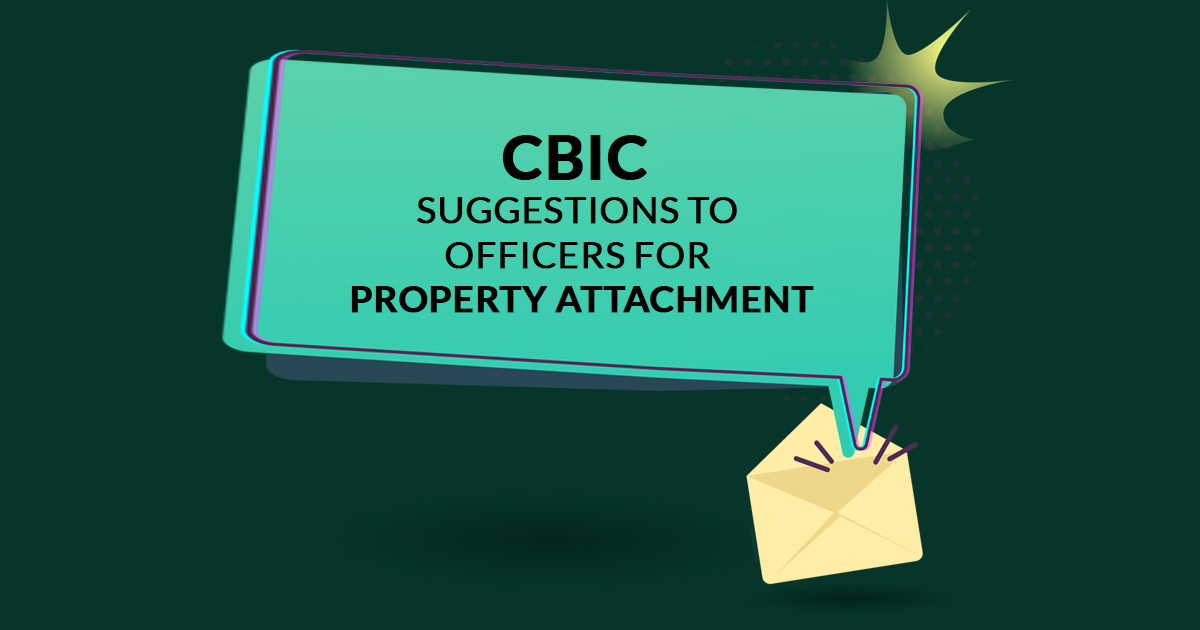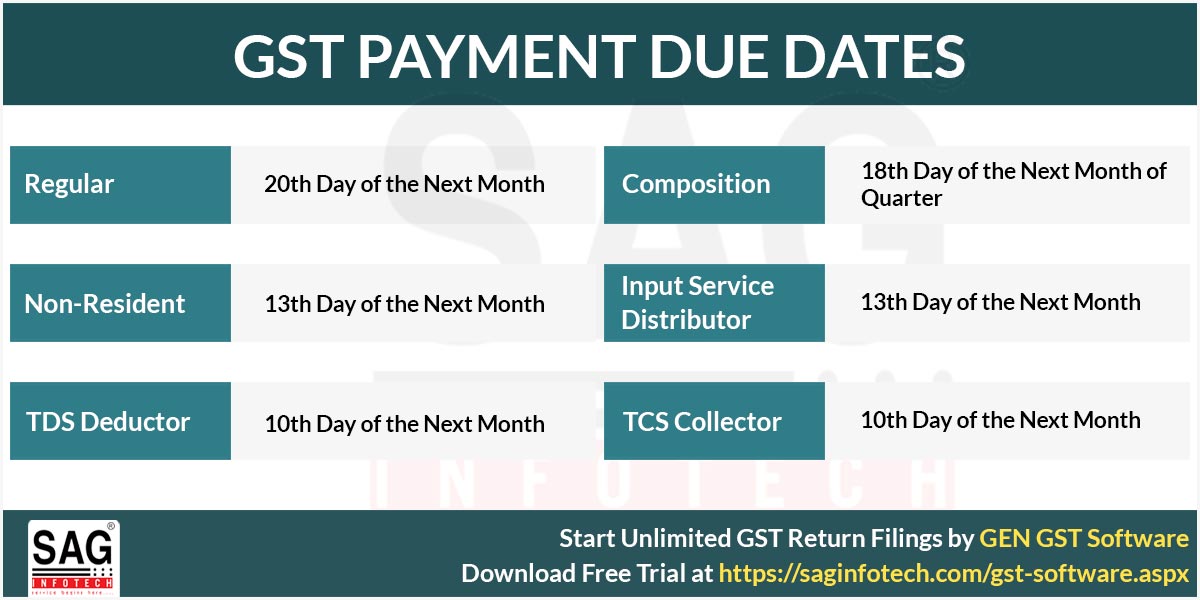CBIC said to the field officer to do prudence as well as maximum caution in attaching the assessee’s property and directed that these are the precautions that are to be acknowledged for GST evasion. Bogus invoicing and lateness of more than 3 months in depositing the tax received.

Through some regulations, the CBIC had come out towards the provisional attachment of the property beneath the GST act that makes the commissioner practice of due diligence and carefully test the issues of the case it consists of the type of crime and the revenue engaged and indeed recorded on furnishing the grounds where he/she has makes the opinion so to attach the property of the assessee.
CBIC directs that “It is reiterated that the power of provisional attachment must not be exercised in a routine/mechanical manner … The remedy of attachment being, by its very nature, extraordinary, has to be resorted to with utmost circumspection and with maximum care and caution,”
It consists in which the assessee had provided the goods or services or both excluding the problem of the invoice with a purpose to evade the tax or provide the invoice or bill excluding any physical supply or face GST claim.
The case in which the assessee has obtained the amount as tax however fails to file it for the given timeline of 3 months from the date where the payment is left or bogus taken refunds or filed the fake GST ITC 
Only for One Year, the Property Attachment is Valid
“It should be ensured that the value of property attached provisionally is not excessive. The provisional attachment of property shall be to the extent it is required to protect the interest of revenue, that is to say, the value of attached property should be as near as possible to the estimated amount of pending revenue against such person,”
It states that the assessee must attach the property of an assessee only if the immovable property is present for the attachment is not enough to save the revenue interest.
“In cases where the movable property, including bank account, belonging to a taxable person has been attached, such movable property may be released if the taxable person offers, in lieu of movable property, any other immovable property which is sufficient to protect the interest of revenue. Such immovable property should be of value not less than the tax amount in dispute,”
The laws given in relation to the provisional attachment of the property will make sure that the provisions of section 83 of the GST act are used for the event in which there is no other source open to the tax council and the biggest breaches have been employed. Section 83 concerns the provisional attachment of property to protect the interest of revenue Deloitte India Partner M S Mani directed.
“However the fact that it can be invoked even in cases of delay in payment of GST
Check out due dates of payment under GST for general and composition taxpayers in India. We have included penalty charges on late payment with interest beyond 3 months after collection, would be a matter of concern for many businesses who are in revival mode with limited working capital,”
AMRG & Associates Senior Partner Rajat Mohan said “CBIC’s guidelines on the provisional attachment of property are fair for the taxpayer, will protect the interests of revenue, and would also withstand judicial scrutiny at higher forums”.
The purpose of implementing these laws is to remove the bogus revenue and indeed make sure that the real assessee will not face the harassment.
“These guidelines are in tune with judgments pronounced by jurisdictional courts on the said matter,”
